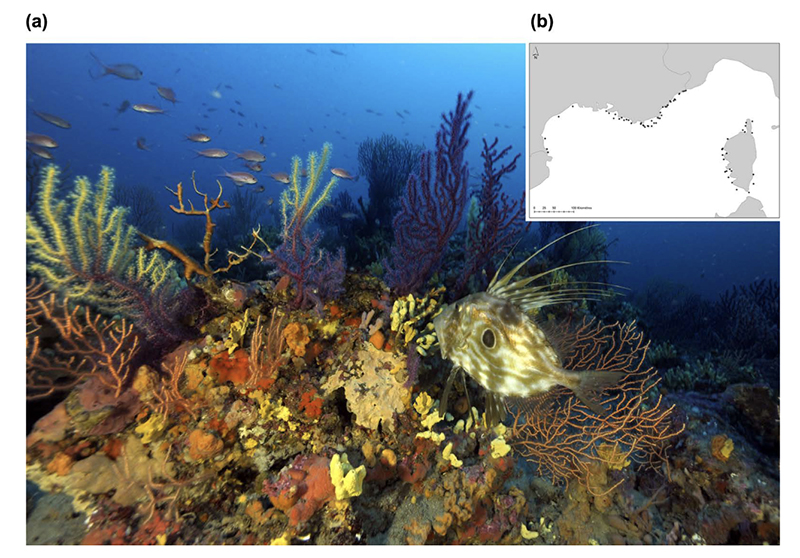CONFRONTING SPECIES AESTHETICS WITH ECOLOGICAL FUNCTIONS IN CORAL REEF FISH.
Tribot, A.S, Carabeux, Q., Deter, J., Claverie, T., Villeger, S., & Mouquet, N. (2018).
Scientific Reports, 8, 11733, doi:10.1038/s41598-018-29637-7
Key message : Here we show the results of an online photographic questionnaire completed by 8,000 participants whereby preferences were assessed for a set of 116 reef fishes. Based on these preferences, we compared the functional richness, i.e. the amount of functional space filled, by groups of fishes based on their perceived attractiveness. We present evidence indicating that the least attractive coral reef fishes have a much higher functional richness than the most attractive species. Our results highlight the extent to which species aesthetic values’ may be disconnected from their ecological values and could be misleading for conservation purposes.
